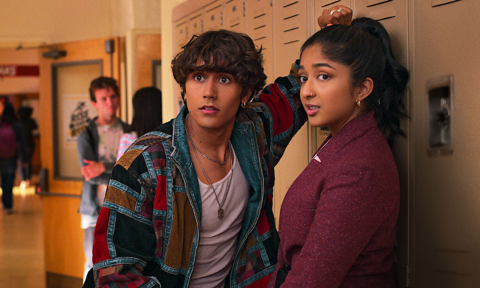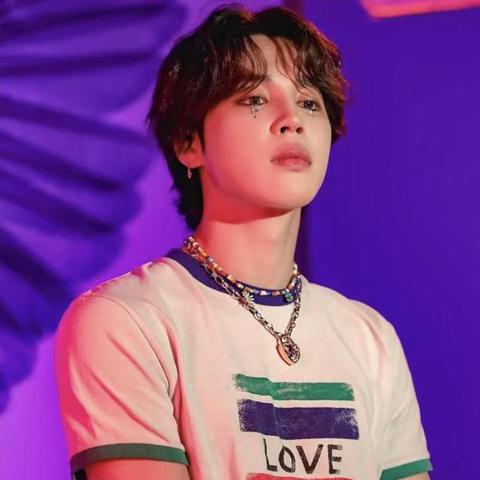
Mass media has long been criticized for its adherence to mainstream representations, with novels, movies, and television shows predominantly focusing on the lives of high-income, upper-class, white families, or the romantic relationships between heterosexual couples.
The significance of mass media lies in its name, i.e. its ability to reach the masses. Therefore, it serves as a crucial tool that wields the power to drive significant social change and foster greater awareness of issues in society at large.
Over the past few years, mass media has been condemned for its lack of minority representation because this has far-reaching consequences, including the perpetuation of harmful, negative stereotypes, a lack of awareness about minority groups, and further marginalization of minorities. Owing to this critique, there has been a paradigm shift in mass media representation; a transformation that is still ongoing, but is nevertheless underway.
It would be inaccurate to say that mass media has never had minority representation in the past. However, it has often done so in a way that furthers existing stereotypes and contributes towards discriminatory practices.

Take the popular television show Friends, for instance. It is only in recent times that the sitcom has been criticized for its lack of diversity, as it features an all-white main cast and only two characters who were people of colour. Further, the portrayal of these tokenistic ethnic characters was often done in a way that made them the punchline and catered to existing stereotypes. The show also regularly makes fun of individuals who do not fit into prescribed, traditional gender norms and is riddled with homophobic and misogynistic jokes, as was the trend in its time.
It is safe to say that minority representation in mass media has come a long way from that, although the battle is not yet won. The LGBTQ+ community, for instance, has garnered major support from the award-winning franchise RuPaul’s Drag Race which premiered in 2009.

The television show is one of the first representations of drag artists and members of the LGBTQ+ community in mainstream media and has been extremely successful in stirring conversation and helping young teenagers recognize and address their own sexuality. Representation in the media is especially important for young queer individuals in this way, as it helps bring to the forefront a narrative that is often quashed by mainstream propaganda. Honest, respectful portrayals of individuals from the LGBTQ+ community can prove instrumental in helping viewers come to terms with their own gender identity and help bust existing myths and destigmatize the community.
Similarly, Disney has often been criticized for its widespread lack of characters of colour and caricatures that subscribe to racial stereotypes when depicting the few ethnic characters.

In recent years, however, diversity and ethnic representation have been a priority for the media and animation franchise, with the inclusion of Persian, Chinese, Native American, Polynesian, and African American Disney princesses. With Disney characters and princesses acting as role models for many young children across the globe, such strides towards increasing minority representation through diversity efforts are extremely crucial.
Therefore, owing to the power of mass media as a tool of change and influence, it is vital that increased minority representation remains a priority—for writers, news channels, movie directors, and media franchises. By doing so, we can not only help empower individuals belonging to such minority groups and equip them with the representation they need, but also work towards the dissemination of systemic stereotypes, and help empower marginalized groups in an effort to create a more just and inclusive society for all.
- Quick links
- Representation
- LGBTQ
- LGBTQ community






